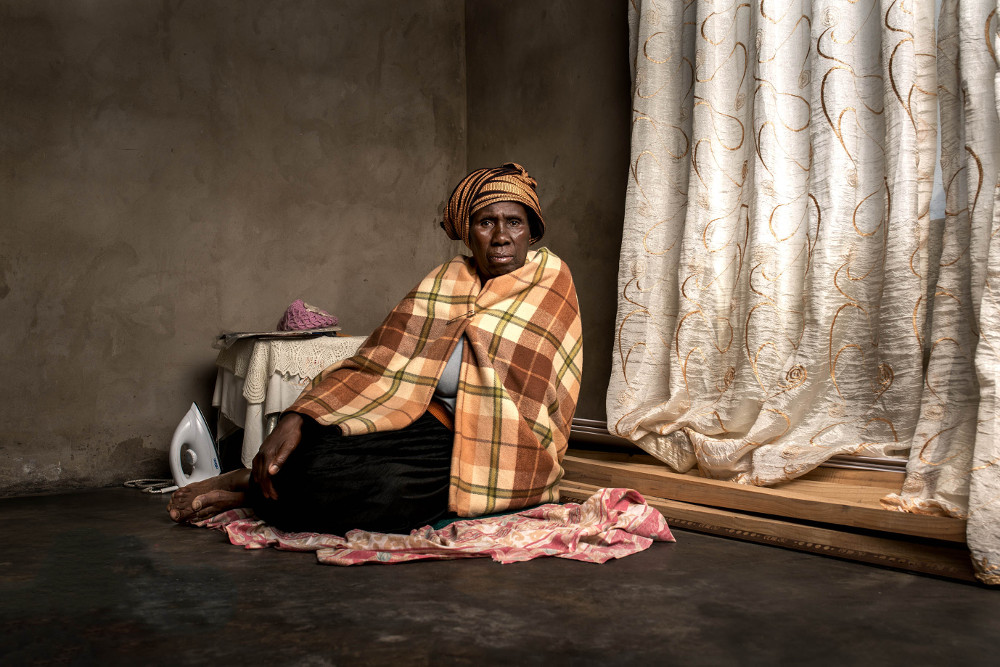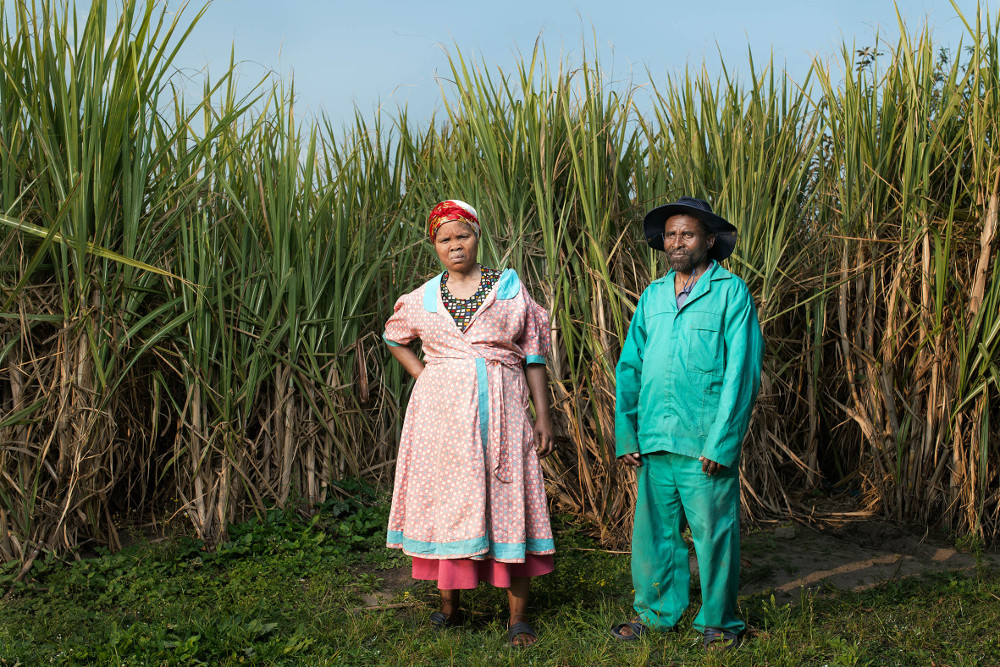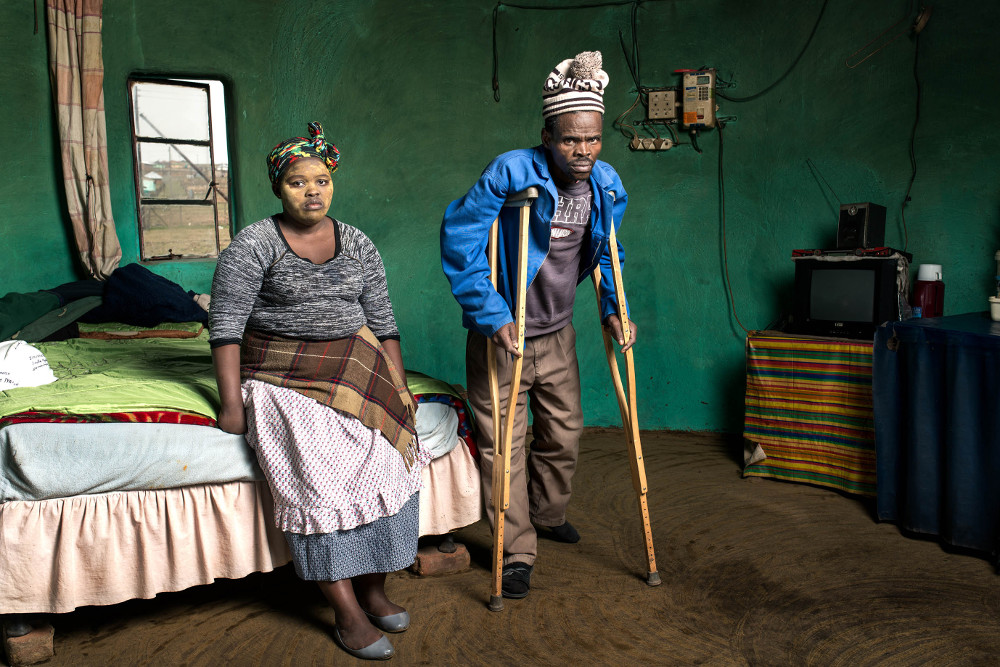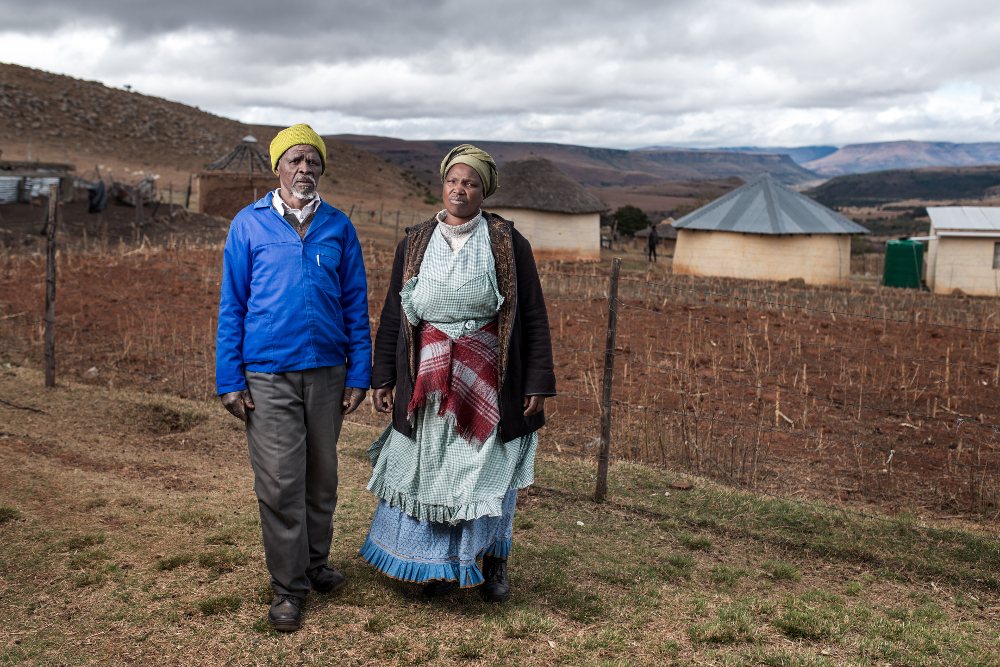Courts ruled for compensation for gold miners affected by silicosis
NEWS ANALYSIS
Should the case be certified as a class action, and should it go to trial, the total number of plaintiffs would fill FNB stadium, with about 6 000 more between the seats, or standing.
Two more FNB stadiums could be filled by the estimated thousands more who are sick and dying of silicosis and tuberculosis, which they contracted while working underground in the gold mines of the Free State and the Witswatersrand since 1965.
Silicosis is a progressive, painful, irreversible lung disease, which can co-occur with tuberculosis.
This week, the miners’ applicants have asked the high court in Johannesburg to certify a class-action suit that would allow them to sue more than 30 gold mines for damages.
It is a lawsuit of unprecedented proportions. The numbers are staggering and the damages claims could enter the record books. Already, settlement talks are under way, although this only came to the attention of lawyers this week.
A likely outcome will be a fund established for the miners and their dependants.
The precedent set will be trenchant. If the gold industry is quivering at the thought of losing this case, the diamond, asbestos and coal industries should be equally nervous.
“It’s finally happening,” said a junior counsel to Richard Spoor, one of the lawyers who has doggedly pursued this case for years, at the start of the hearing.

Makatleho Selibo, the widow of Mahola Selibo, Morija, Maseru. (Photos: Thom Pierce)
Several benches behind the up to 60 lawyers in the court, the country’s crusading human rights advocate, George Bizos SC, sat down to observe the proceedings.
The following day former Cosatu general secretary Zwelinzima Vavi sat in the public gallery, too; a coterie of journalists followed him, hankering after a sexy quote.
To be fair, perhaps they were intimidated by the sheer size of the case. The voluminous court record alone is enough to make even well-seasoned lawyers wince.
There are nine counsel for the applicants. This is the result of three cases merging into one, each initially brought by three different lawyers: Spoor, Charles Abrahams and the Legal Resources Centre (LRC).In addition to the nine additional counsel who appear for the miners in court, they are up against more than 20 advocates representing the mining companies.
A ballpark figure for the total legal fees charged on day one of the hearing this week was probably about R15-million, according to one lawyer.
Counsel for the miners said they had reduced their fees significantly.
On the sidelines of the court case this week, Abrahams told the Mail & Guardian that various pieces of research suggest there could be about 300 000 former gold mineworkers who have silicosis.
Add to that the number who have tuberculosis and the number could rise to 500 000.
But in reality, the plaintiffs who actually end up litigating would probably reach about 100 000. That is a safe estimate.
According to Spoor’s founding affidavit, by 2012 he and his team of experts had taken instructions from 17 000 former miners and the families of others who have died of silicosis.

Masiko Somi with his wife Magumede, Nyaka, Bizana.
The case tests the courts in several ways: chiefly, their capacity to handle a case of this size.
No South African court has ever had to attempt such a feat. And if the case is certified as a class action and if the court accepts what the applicants have asked for, the litigation could be lengthy and expensive.
So the applicants have suggested that the class-action suit take place in two stages: stage one would deal with the issues that are common to all the plaintiffs and stage two would deal with any outstanding individual issues that the plaintiffs want the court to address.
Counsel for the miners, Wim Trengove SC, said it would be up to the trial court to decide how the case would be heard.
But mining companies have said that the class-action suit, because of its size, is completely unmanageable for any court to deal with.
Anglo American argues in court papers that the accusation of systemic neglect across the gold industry is generalised and does not take into account the “very complex” activity that is gold mining.
Anglo says it is not appropriate for the applicants to take a “one size fits all” approach to meet the requirements of commonality – something the applicants need to prove to make their case for a class-action suit.
Gold Fields, in papers before the court, objected to the addition of a tuberculosis lawsuit, saying: “The fundamental concern remains that class certification of a tuberculosis class implies what would be akin to a commission of enquiry into the causes of tuberculosis among mineworkers in South Africa and neighbouring states, now over a period of 42 years.
This is, by definition, completely unmanageable.”
 Patrick Sitwayi and his daughter-in-law Asive Bingwa, Upper Mcambalala, Cofimvaba.
Patrick Sitwayi and his daughter-in-law Asive Bingwa, Upper Mcambalala, Cofimvaba.
But Trengove said the question was not whether the case should be litigated, but how it should be done.
He said the former miners had a constitutional right to the judicial determination of their claims, and the only practical way to do this was a class action. The alternative is 100 000 individual cases.
Trengove charged that the mines had a “powerful commercial incentive” to oppose the application. All have opposed it except Randgold, which said it would abide by the court’s decision.
He said the mines did not fail to protect miners from excessive levels of dust out of neglect, but because paying out statutorily determined compensation was cheaper than implementing safety measures.
All the mines had known what was needed to protect the miners, said another counsel for the miners, advocate Geoff Budlender SC. He added that the mines had a statutory, constitutional and common-law duty to protect their employees, and none had denied this.
He said it was “striking” that there were so many similarities in how the mines explained how silica dust should be dealt with.
Budlender said this proved “systemic neglect” across the industry, and it indicated that the mines had shared information.
Matthew Chaskalson SC, counsel for the Treatment Action Campaign and Sonke Gender Justice, which were admitted as friends of the court, said the “mine bosses” opposed a class-action suit because they did not want it to go to court at all.

Buzile Justice Nyakaza with his wife Nowongile, Upper Mxe, Cala.
Another unprecedented issue is the applicants’ request for the court, at this early stage, to develop the common law so that damages claimed by the dependants of deceased miners could be paid to them because they were in desperate need of the money.
This is because, as the law stands, the claims cannot be transferred to the estate of the deceased until litis contestatio has been reached by the parties: that is, the point at which the issue is being contested and opposing statements by the parties have been made.
This would only happen at the trial stage of the class action. Another counsel for the miners, Gilbert Marcus SC, argued that this would be too late for many of the families of the deceased miners.
Most of the plaintiffs are old and dying of the progressive disease. Hundreds have already died.
Zwelakhe Dala was one of the plaintiffs. He started working underground in 1976 at the age of 13, working 13-hour night shifts. Over time he began to lose weight and strength, and started coughing up blood.
Dala was diagnosed with tuberculosis in 2004 and was eventually retrenched by Anglo American, the court heard.
“We are informed that he died a few months ago,” Marcus said.
Matiisetso Jong’s husband, Samuel, was retrenched at the age of 48. He had contracted silicosis and TB, according to her affidavit. He had worked on the gold mines since 1984 and died in 2007.
Marcus said if the common law is not developed at this stage, many more claimants will die and their damages claims will not be transmissible to their families. This includes caregivers, who, Marcus said, “bear an extraordinary burden”.
“These people are entitled to a measure of justice,” he said.
The mines, he said, had countered this with “a lethal combination of arguments”.
Some of the mines contend that the court should not develop the common law at this stage and, if the law is developed, it should not be done retrospectively.
“Macabre” was how Marcus described this argument.
The mines have only just begun to argue their case. With the reputation of the industry at stake, they are likely to come out fighting.
The case continues.
The photographs in this story are part of a series titled The Price of Gold by Thom Pierce, who was commissioned by the Treatment Action Campaign and Sonke Gender Justice to take portraits of 56 applicants in the silicosis court case. The photographer’s website is thompierce.com.